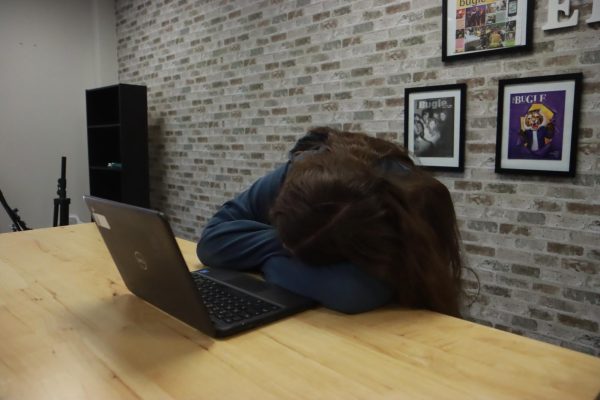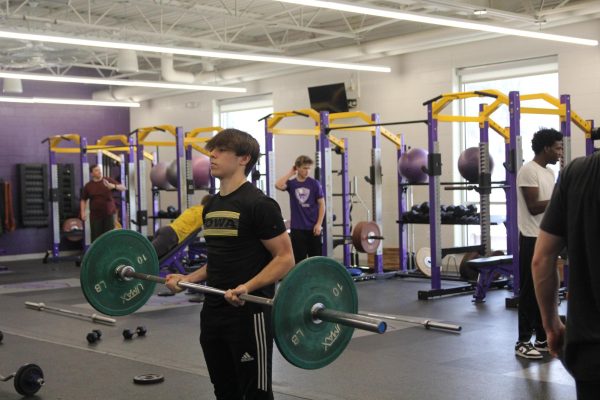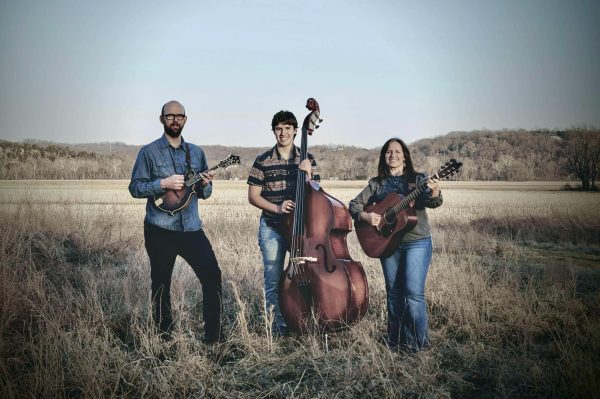A future so bright
Gearing up for the total solar eclipse
Monday, Aug. 21, the EHS community will have an abbreviated class schedule to accommodate eclipse viewing. The district is providing solar viewing glasses for all staff and students.
- 1st: 8:16 -8:54 a.m.
- 2nd: 9:00-9:38 a.m.
- 3rd: 9:44 -10:12 a.m.
- 4th: 10:18-10:56 a.m.
- 5th: 11:02 a.m.– 1:30 p.m. (eclipse exposure)
- 6th: 1:36-2:17 p.m.
- 7th: 2:23 -3:05 p.m.
The administration encourages students and faculty to bring sunblock, a blanket or chair, water and a lunch.
- During totality, the eclipse can be viewed with the naked eye. But during the other three phases of the eclipse, “eclipse glasses” must be worn for eye protection from serious damage or blindness.
- The eclipse happens for only about 13 minutes.
- The last time a total solar eclipse occurred in the St. Louis area was 1442. St. Louisans can expect the next one in 2505.
- More than 43 million people live in large metros areas outside the totality path where St. Louis is the closest large city, making St. Louis a main destination.
- The moon’s shadow will cross the northeastern part of Kansas before entering northwest Missouri at 1:06 p.m.
- Once the moon moves between the Earth and the Sun, darkness will fall in the middle of the day, planets and stars may appear, the temperature may drop up to 5 degrees and animal and insects may behave like nightfall has set.
- Bailey’s Beads – bits of sunlight peaking through the valleys on the lunar surface – may be seen within the zone of totality, also known as the umbra.
- Inspect your solar filter before use; if scratched, punctured, torn, or otherwise damaged, discard it.
- Do not look through a camera, binoculars, telescope, or other optical devices unless you are wearing “eclipse glasses.” The solar rays can damage eyes.
- If driving when the eclipse occurs, safely pull to the side of the road, turn on hazards and view the once-in-a-lifetime occurrence with eclipse glasses.
Your donation will support the student journalists of Eureka High School - MO. Your contribution will allow us to purchase equipment and cover our annual website hosting costs.

This is Kate’s first semester on the EHS hub staff. She is a news reporter and also covers sports. You can follow her on twitter @klaubEHS_Hub.
Kate’s...




















